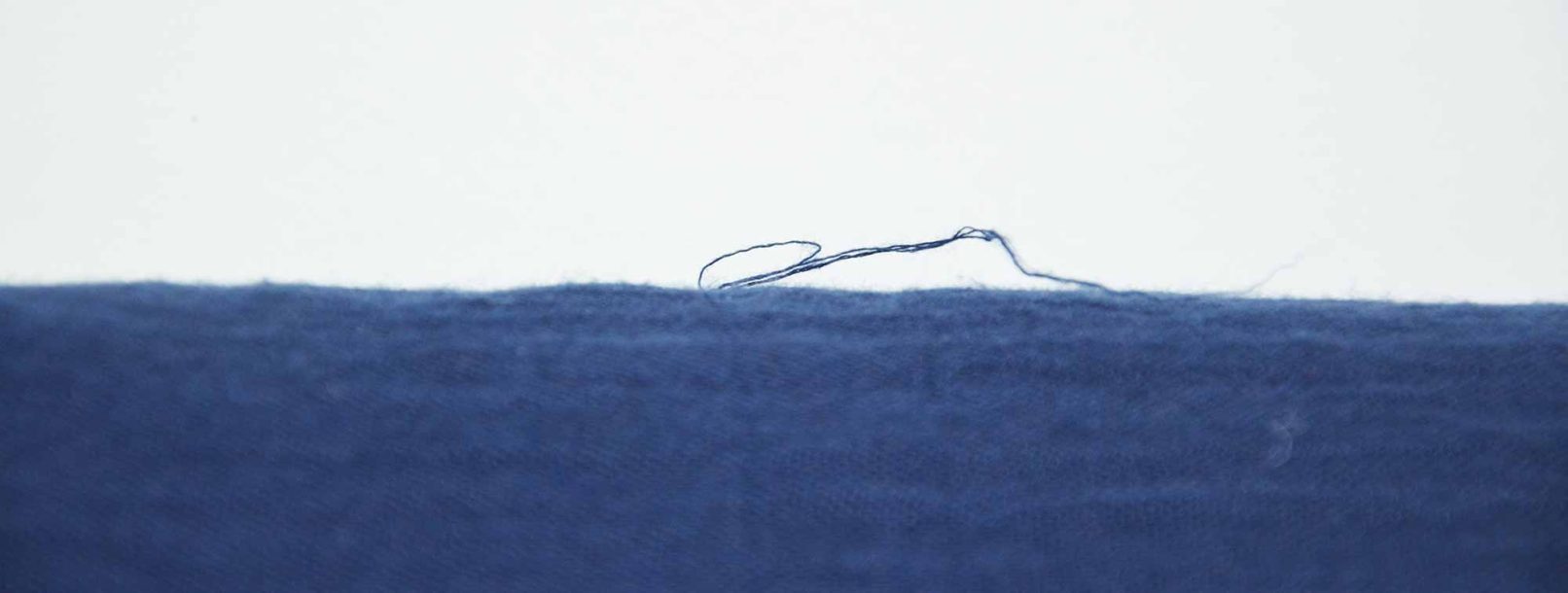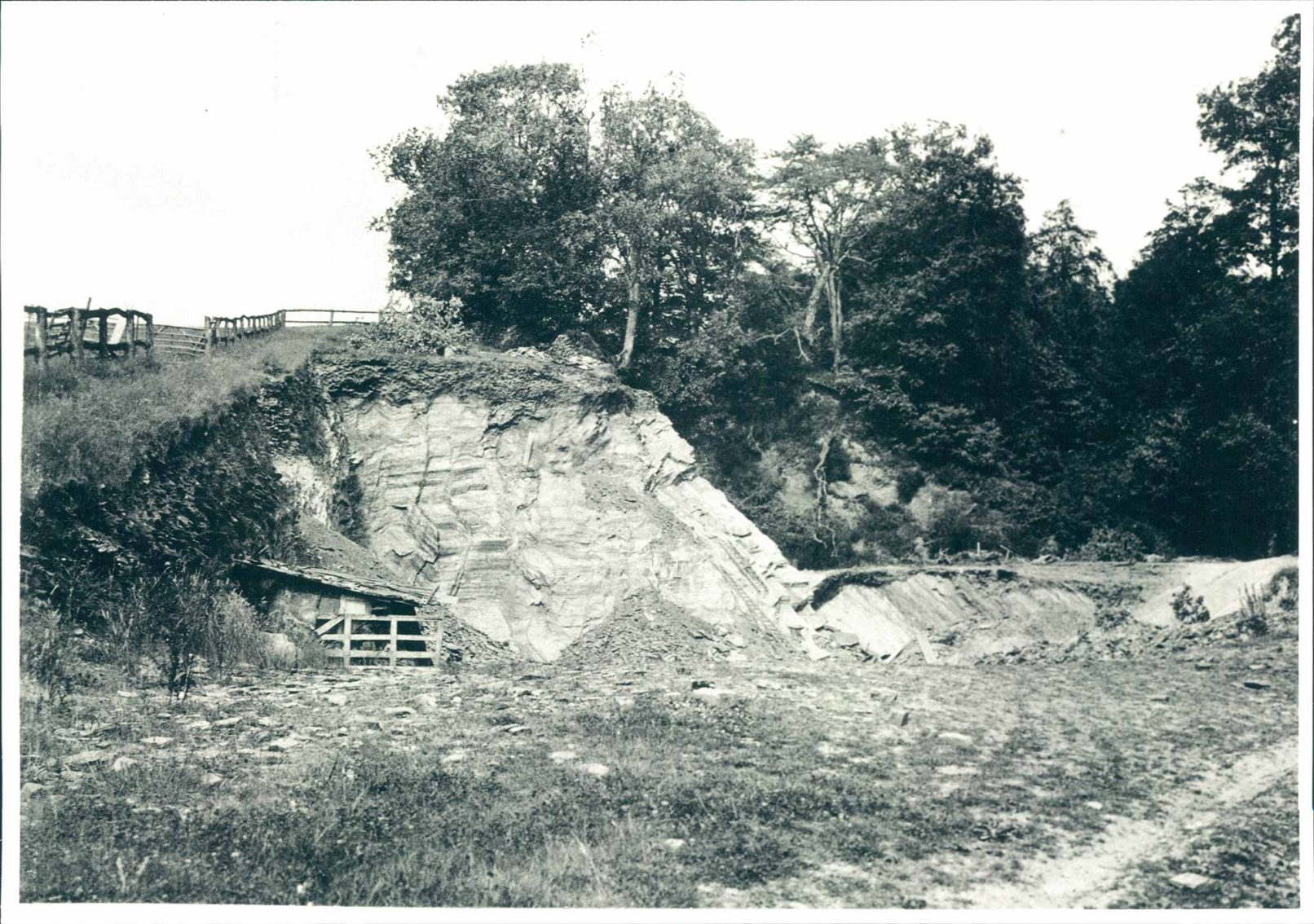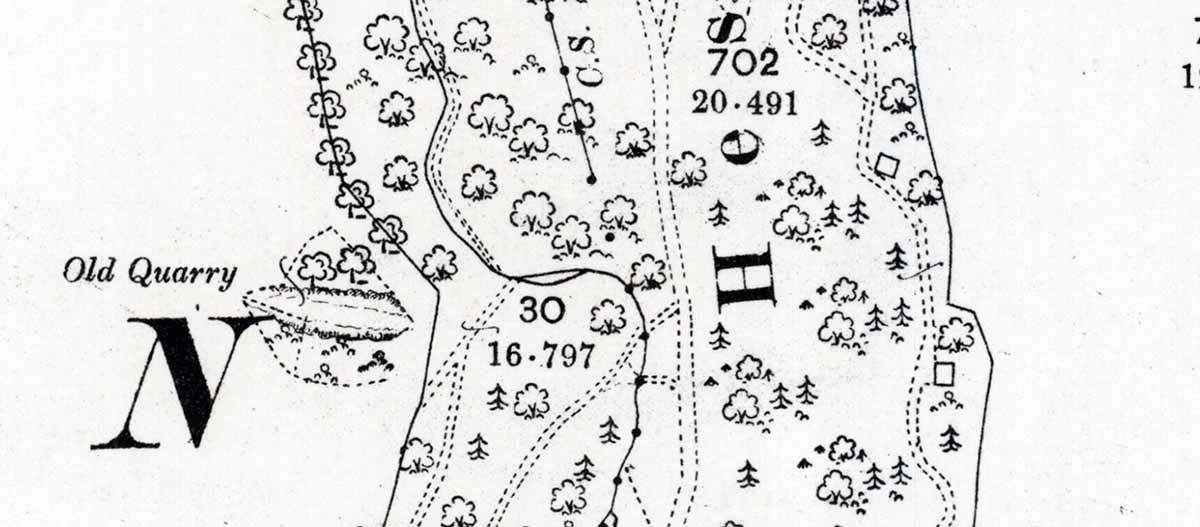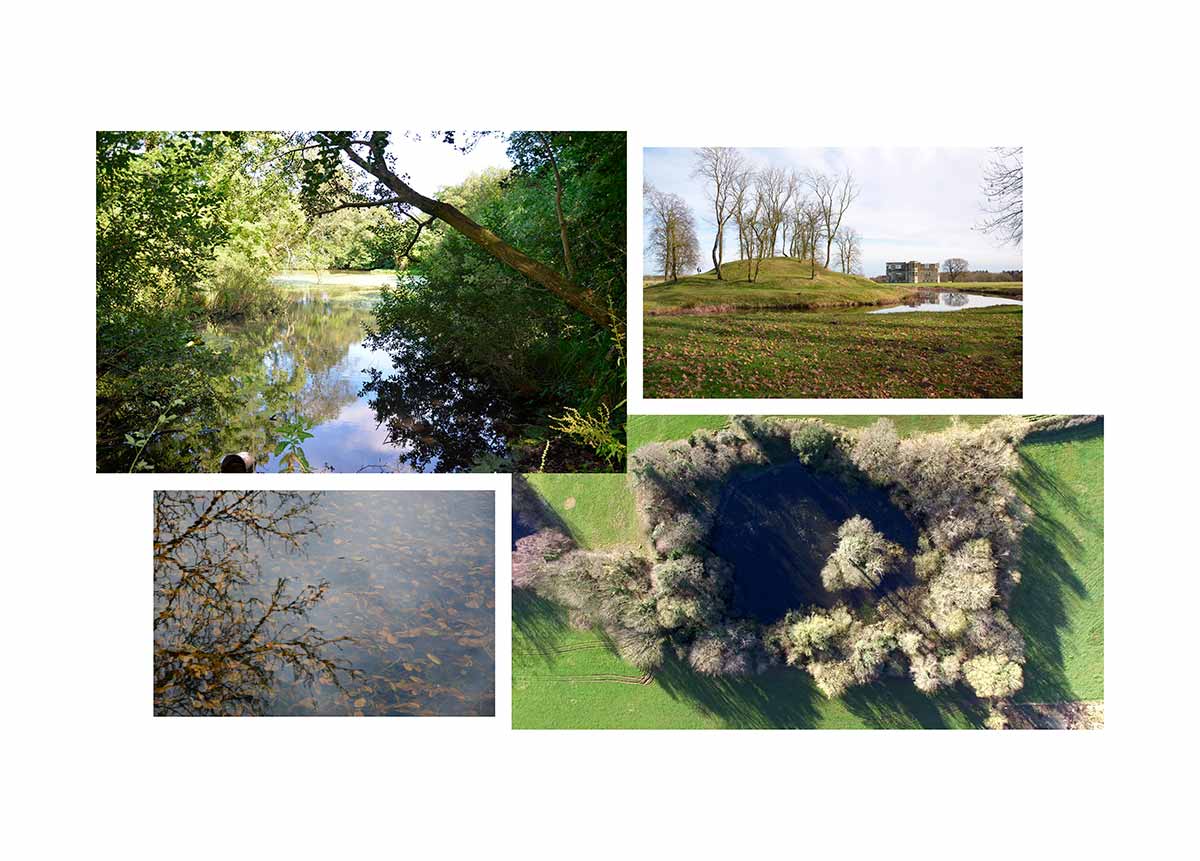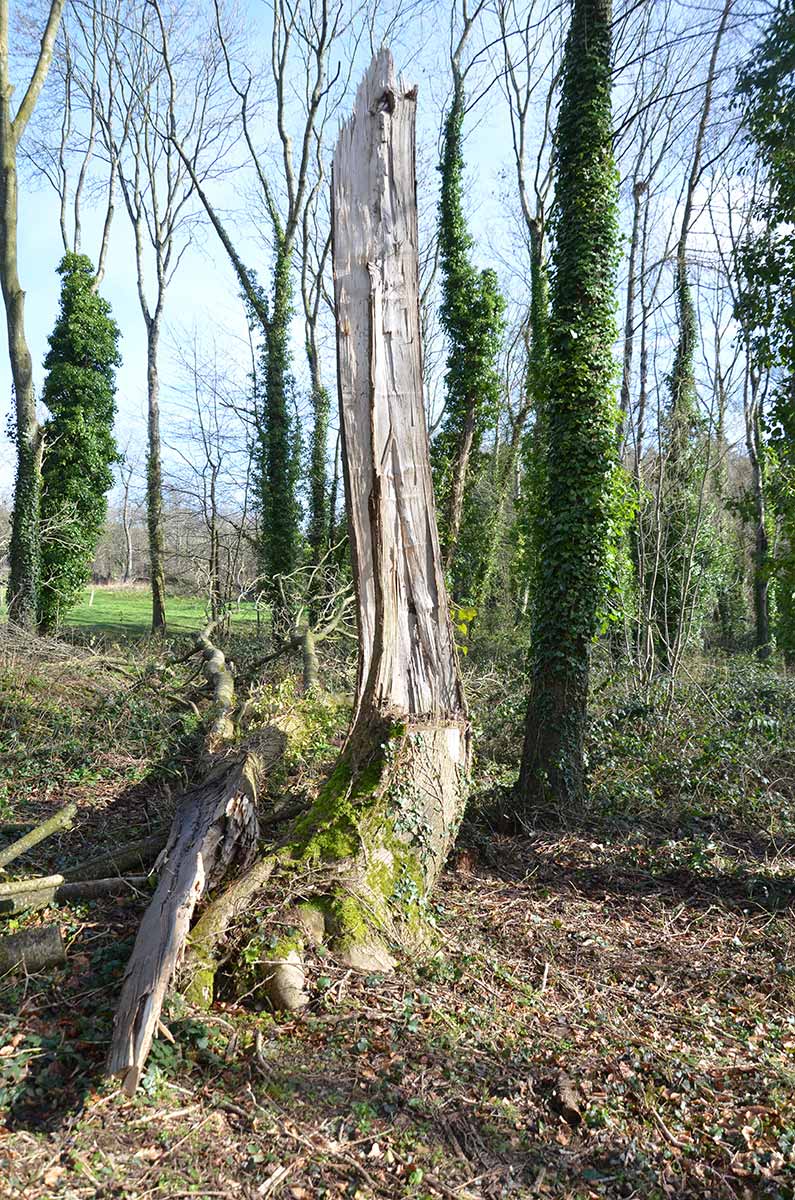Being Here & Being There
2017-2018
Dialogues and Disclosures in (im)materiality: Hestercombe unfolds
‘But nothing is “common” in the sense of base or unworthy if it is rightly used’ Gertrude Jekyll, Colour in the Flower Garden , London, Country Life Ltd. and George Newnes Ltd, 1908.
Gertrude Jekyll’s Colour in the Flower Garden was published the very same year as Country Life magazine featured Sir Edwin Lutyens and Gertrude Jekyll’s newly finished Edwardian garden at Hestercombe in glorious black and white. Within those printed monochrome pages, which sit in our archives, lay a world of colourful references. I am constantly amazed at how such black and white images, as well as monochrome paintings and prints can exude an appropriate colour.
In 1791 John Collinson described Coplestone Warre Bampfylde’s Hestercombe as ‘most admirably improved by art, and exquisitely embellished by taste’, and again this very reference was made to the Portman’s garden commission in the 1908 Country Life pages. Two things have informed Hestercombe’s history: art, in all its creative forms, and the desire through labour to make it happen.
It is these links and connections to the past that inspire artists to respond to the contemporary, and in this case also help an organisation to ponder its future direction. This exhibition, unlike many, began life as a proposal to give three artists unlimited access to Hestercombe’s landscapes, buildings and archives to ‘see what happens’. No exhibition was promised, just the agreement of sharing thoughts, ideas and art through five sessions with an invited list of participants.
Disclosures and Dialogues, as these sessions became known, took shape, under the coordination of curator Kate Best, and delivered fascinating insights into Hestercombe and future possibilities. Sessions were titled Island Gracing; Not Quite This or That; Being Here and Being There: Pulling Threads; Tripping [over things]; Observations . Participants were offered tea at the top of a tower, invited to throw a stone into an off limits pond, led to visit inaccessible landscapes or drop a flower down the tower stairwell, to simply let go.
For me these sessions led to two things: firstly commissioning and curating this exhibition; and secondly further understanding how artists can contribute, not only by showing work (as important as that is), but also by engaging with different types of people: from staff in a rapidly changing organisation, volunteers who want to be part of a journey, children who happen on something, to those people that, knowingly or not, walk into a gallery space and encounter something unusual.
I would therefore like to thank artists Sarah Bennett, Megan Calver, Philippa Lawrence and curator Kate Best for their commitment to Hestercombe – as an artistic work in progress; as well as all those within and outside the organisation that contributed to the dialogue sessions and exhibition.
Tim Martin
Gallery Director, Hestercombe House

